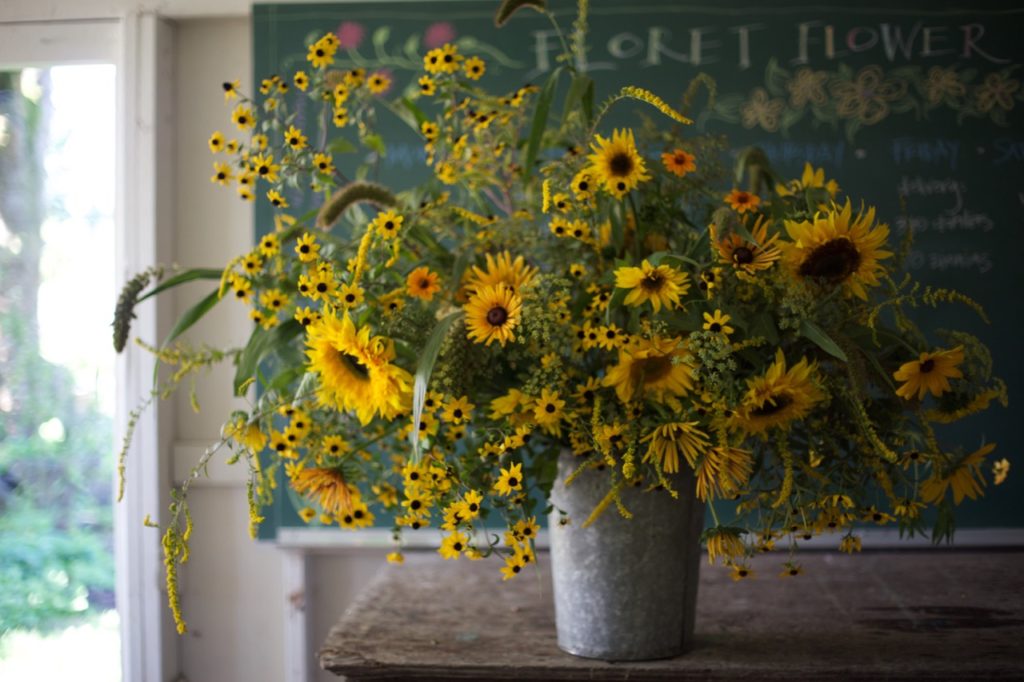 Here on our farm in the Skagit Valley and in large swaths of the Western U.S., the super hot, dry weather has sent many growers scrambling to tend and harvest their stressed fields and gardens. While many flowers bloom abundantly in this type of weather, to get the longest life out of your flowers–especially with the added stress of high temperatures– it is important to know the best times to harvest and strategies to care for your fresh cut blooms right after they are cut. (In flower farmer speak, this is referred to as “stage of harvest” and “post-harvest handling.”)
Here on our farm in the Skagit Valley and in large swaths of the Western U.S., the super hot, dry weather has sent many growers scrambling to tend and harvest their stressed fields and gardens. While many flowers bloom abundantly in this type of weather, to get the longest life out of your flowers–especially with the added stress of high temperatures– it is important to know the best times to harvest and strategies to care for your fresh cut blooms right after they are cut. (In flower farmer speak, this is referred to as “stage of harvest” and “post-harvest handling.”)
Here are a few of my favorite tips to help you beat the heat and get the best vase life from 10 high summer flower varieties.
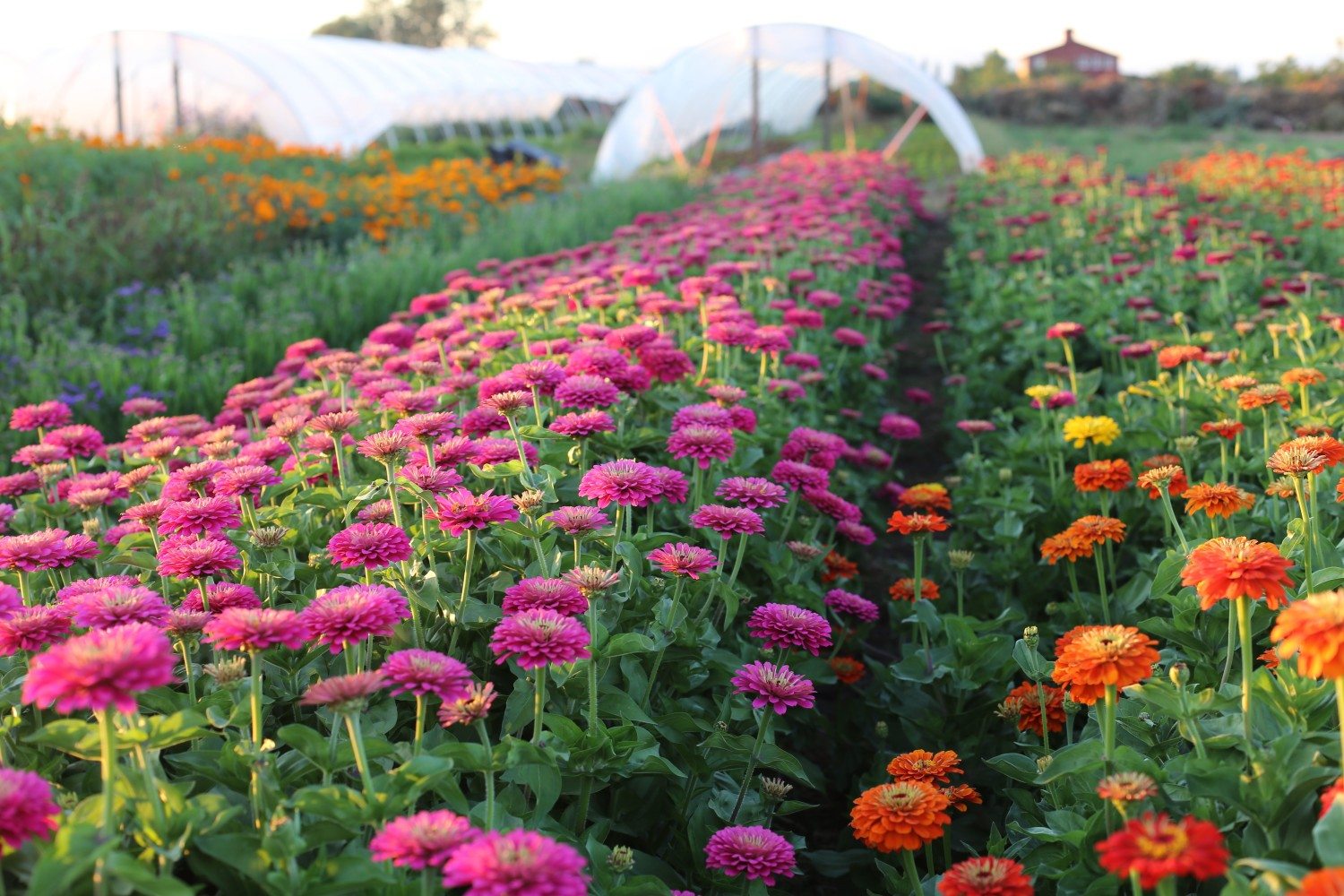 Zinnias: Harvesting zinnias at the right stage is essential to getting a long vase life. Harvest too soon and the stems will bend and droop; wait too long and the blooms fade quickly. A really simple way to see if your zinnias are ready to harvest is by doing the “wiggle” test. Simply grab the stem about 8 inches below the flower and give it a gentle shake. If it’s immature, the stem will be soft and bend easily. If it is ready to harvest, the stem remains stiff and upright when you wiggle it. It’s time to cut! Cut deeply on the plant to get a long, strong stem. Remove the foliage and don’t be afraid to cut off side shoots on the main stem you just harvested. Zinnias are a “cut and come again” flower, so when you cut the plant “hard,” it responds by sending out even more long, strong stems all season long.
Zinnias: Harvesting zinnias at the right stage is essential to getting a long vase life. Harvest too soon and the stems will bend and droop; wait too long and the blooms fade quickly. A really simple way to see if your zinnias are ready to harvest is by doing the “wiggle” test. Simply grab the stem about 8 inches below the flower and give it a gentle shake. If it’s immature, the stem will be soft and bend easily. If it is ready to harvest, the stem remains stiff and upright when you wiggle it. It’s time to cut! Cut deeply on the plant to get a long, strong stem. Remove the foliage and don’t be afraid to cut off side shoots on the main stem you just harvested. Zinnias are a “cut and come again” flower, so when you cut the plant “hard,” it responds by sending out even more long, strong stems all season long.
We cut zinnias directly into fresh clean water with a drop of chlorine or a CVBn pill added to the water. The little conditioning pills are often labeled for gerber daisies, but they are great for any of the “dirty” flowers with hairy stems that easily collect dirt and bacteria that can muck up the water. Zinnias love heat and consistently bloom during the hottest season of the year and their love of heat also extends to post-harvest care. They’re one of the few flowers we do NOT put in the cooler to condition prior to delivery or design work. We simply store them in a dark, shaded area of our studio out of direct sunlight. If you follow these few simple steps, you’ll have beautiful long-lasting blooms that hold up 7-10 days in a vase.
Note: Commercial flower food is generally not approved for certified organic production. If you are certified, using bleach or boiling water and proper stage of harvest are really key. If you are not certified organic, CVBn pills and other hydration and conditioning solutions are worth the additional investment to ensure maximum vase life for your flowers.
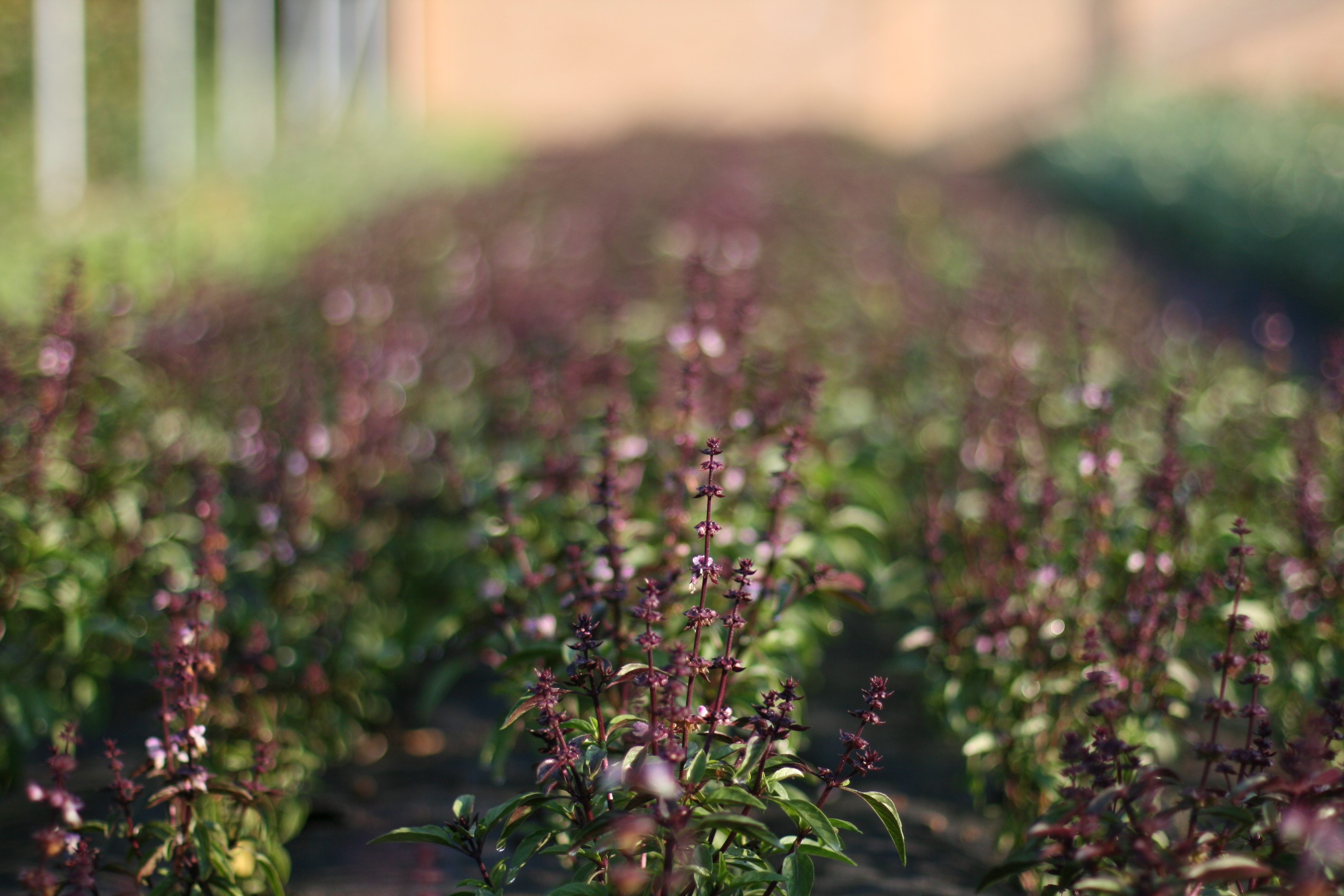 Basil: During the height of summer, our mixed bunches of flowers for grocery store customers almost always include at least a stem or two of Cardinal, Oriental Breeze, Lemon or Cinnamon basil. I harvest basil when the stems begin to harden and the flower heads start to form and then treat them with Quick Dip (non-organic) or boiling water (organic alternative) to prevent them from wilting. Be sure to harvest during the cool of the morning or evening as these guys wilt very quickly. Like zinnias, basil doesn’t like the cold, so keep them out of the cooler to complete their conditioning. Stems should last 7-10 days, and will often root in the vase.
Basil: During the height of summer, our mixed bunches of flowers for grocery store customers almost always include at least a stem or two of Cardinal, Oriental Breeze, Lemon or Cinnamon basil. I harvest basil when the stems begin to harden and the flower heads start to form and then treat them with Quick Dip (non-organic) or boiling water (organic alternative) to prevent them from wilting. Be sure to harvest during the cool of the morning or evening as these guys wilt very quickly. Like zinnias, basil doesn’t like the cold, so keep them out of the cooler to complete their conditioning. Stems should last 7-10 days, and will often root in the vase.
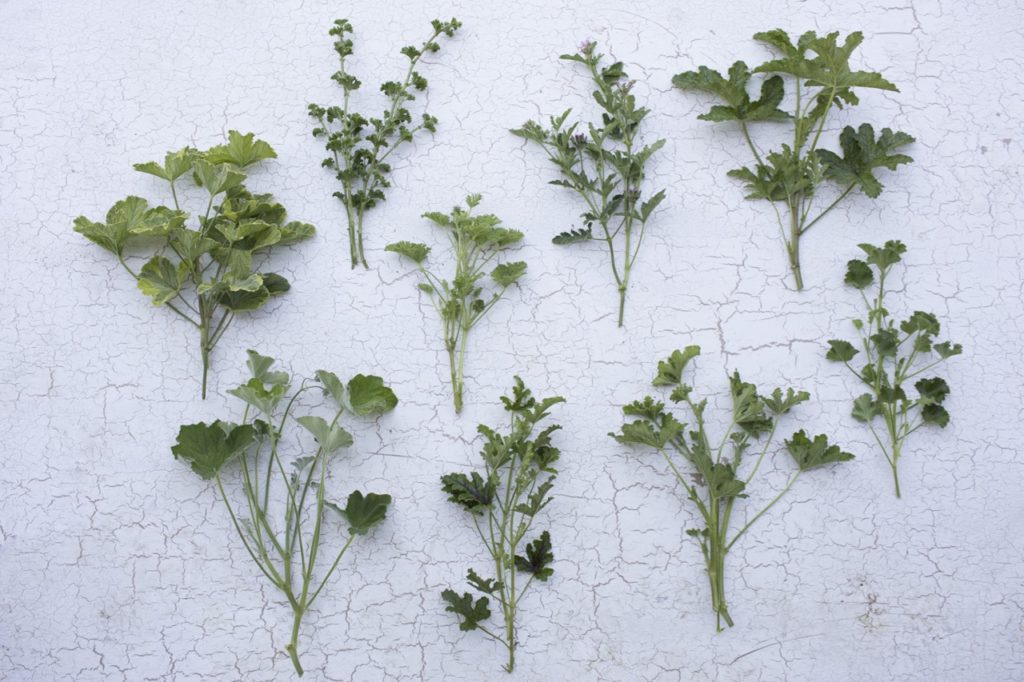 Scented geranium: The fuzzy, fragrant leaves of scented geraniums are a must-have foliage for bouquets, but they can be wilt-prone if you don’t follow a few basic steps. I always try to cut scented geranium first thing in the morning before the heat of the day is upon us, cutting only the firmest stems. After cutting them into cool water, I let them rest and condition for 3-4 hours before arranging them. If stems are still wilting, dip the bottom 2-3″ in boiling water for 5-7 seconds or dip them in Quick Dip.
Scented geranium: The fuzzy, fragrant leaves of scented geraniums are a must-have foliage for bouquets, but they can be wilt-prone if you don’t follow a few basic steps. I always try to cut scented geranium first thing in the morning before the heat of the day is upon us, cutting only the firmest stems. After cutting them into cool water, I let them rest and condition for 3-4 hours before arranging them. If stems are still wilting, dip the bottom 2-3″ in boiling water for 5-7 seconds or dip them in Quick Dip.
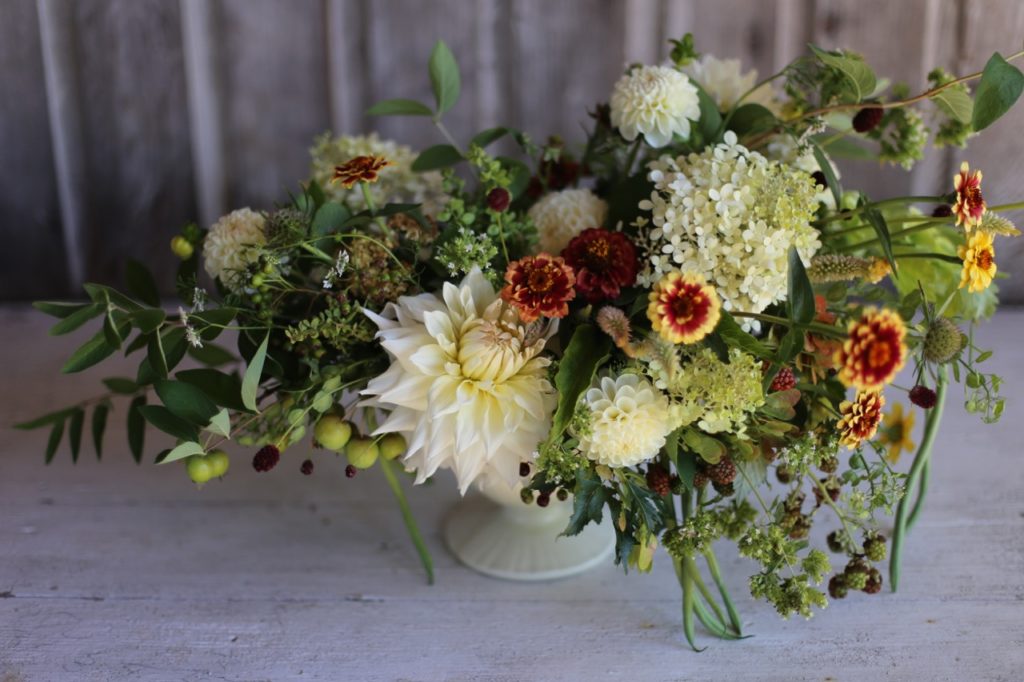 Hydrangeas: Hydrangeas are another flower that tends to be wilt-prone. The stage of harvest is perhaps less important than how you hydrate it after it is cut. My trick is to cut when it is cool and to then use Quick Dip instant hydration solution or, for organic production, cut them into hot water. I know other flower farmers that swear by dipping the freshly cut stems in alum powder (available in the spice section of the grocery) while others will submerge the entire flower in water prior to use in order to prevent wilting.
Hydrangeas: Hydrangeas are another flower that tends to be wilt-prone. The stage of harvest is perhaps less important than how you hydrate it after it is cut. My trick is to cut when it is cool and to then use Quick Dip instant hydration solution or, for organic production, cut them into hot water. I know other flower farmers that swear by dipping the freshly cut stems in alum powder (available in the spice section of the grocery) while others will submerge the entire flower in water prior to use in order to prevent wilting.
Cosmos: Cosmos, in general, don’t have a super-long vase life, but you can prolong their beauty if you cut them at the right stage. Cut cosmos when there is just one petal unfurling, and then let the flowers and other buds open up in the vase.
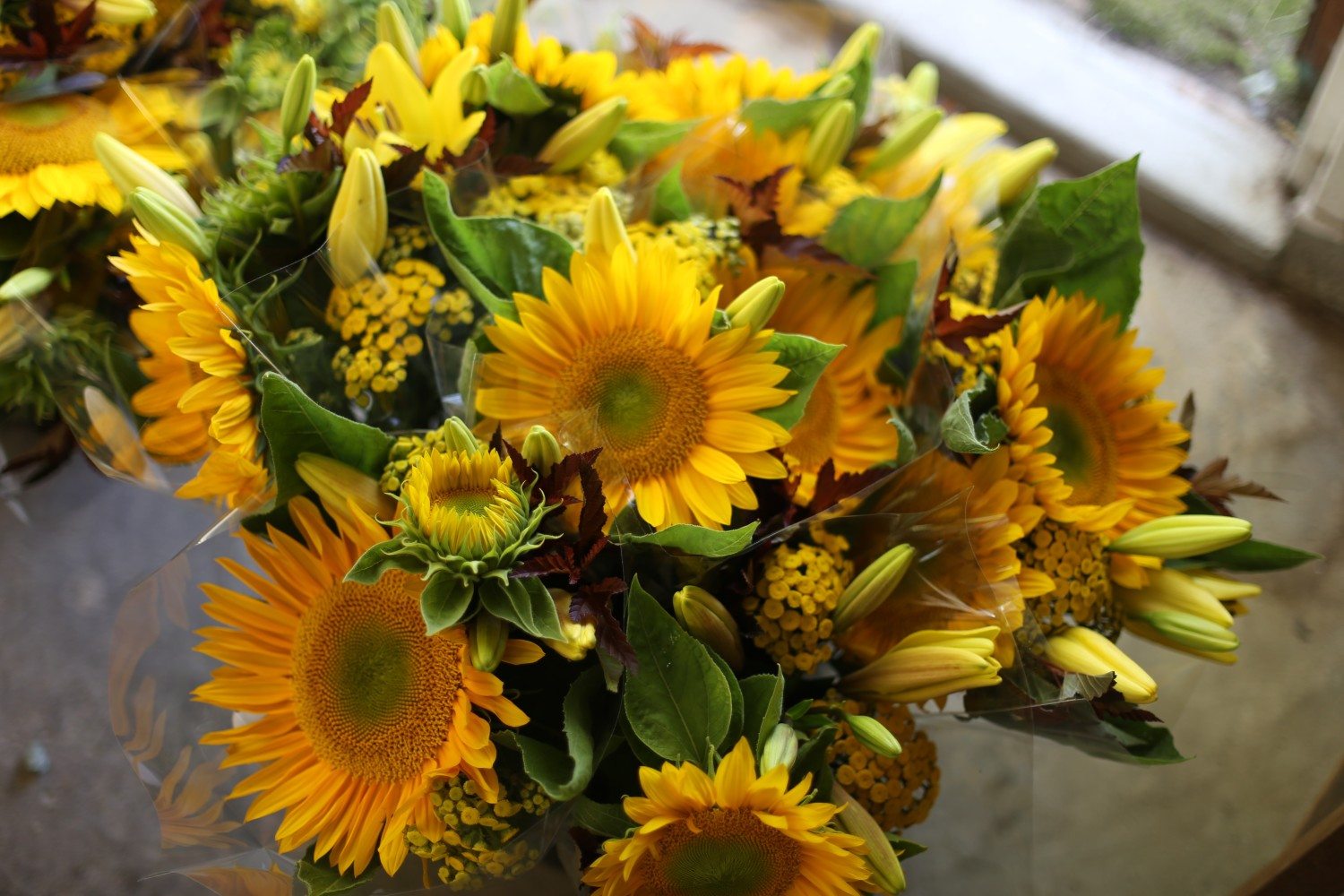 Sunflowers: The key to getting the longest vase life out of your sunflowers is to harvest the flowers just as the first few petals are starting to lift off of the central disk and remove all but the top few leaves. For newbies, this can be hard because it still looks “closed” and doesn’t yet look ready to pick but if you cut them early, you can prevent insect damage plus get extended vase life. Considered a “dirty” flower, these guys may need a little bleach in the water or cut into a bucket of water treated with a CVBn pill.
Sunflowers: The key to getting the longest vase life out of your sunflowers is to harvest the flowers just as the first few petals are starting to lift off of the central disk and remove all but the top few leaves. For newbies, this can be hard because it still looks “closed” and doesn’t yet look ready to pick but if you cut them early, you can prevent insect damage plus get extended vase life. Considered a “dirty” flower, these guys may need a little bleach in the water or cut into a bucket of water treated with a CVBn pill.
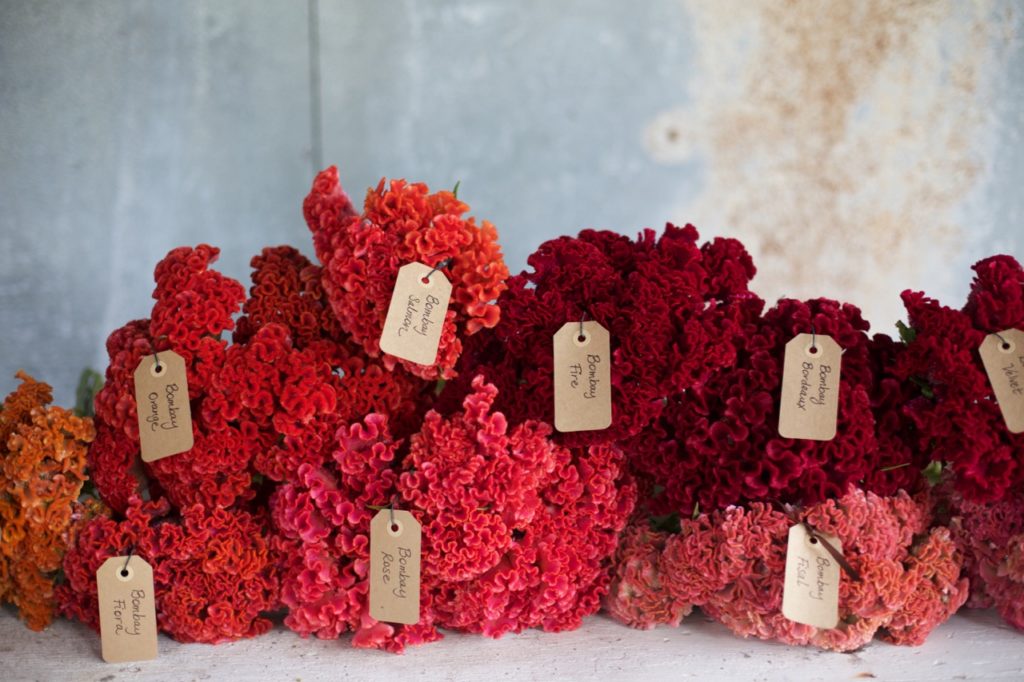 Celosia: For crested celosias, commonly called “cock’s comb,” harvest when the crests are fully formed (or a little earlier is fine too) but before it starts to develop seeds. For plumed celosias, let them stretch and get feathery before picking. After cutting, be sure to strip 3/4 of the leaves off and place into cool water.
Celosia: For crested celosias, commonly called “cock’s comb,” harvest when the crests are fully formed (or a little earlier is fine too) but before it starts to develop seeds. For plumed celosias, let them stretch and get feathery before picking. After cutting, be sure to strip 3/4 of the leaves off and place into cool water.
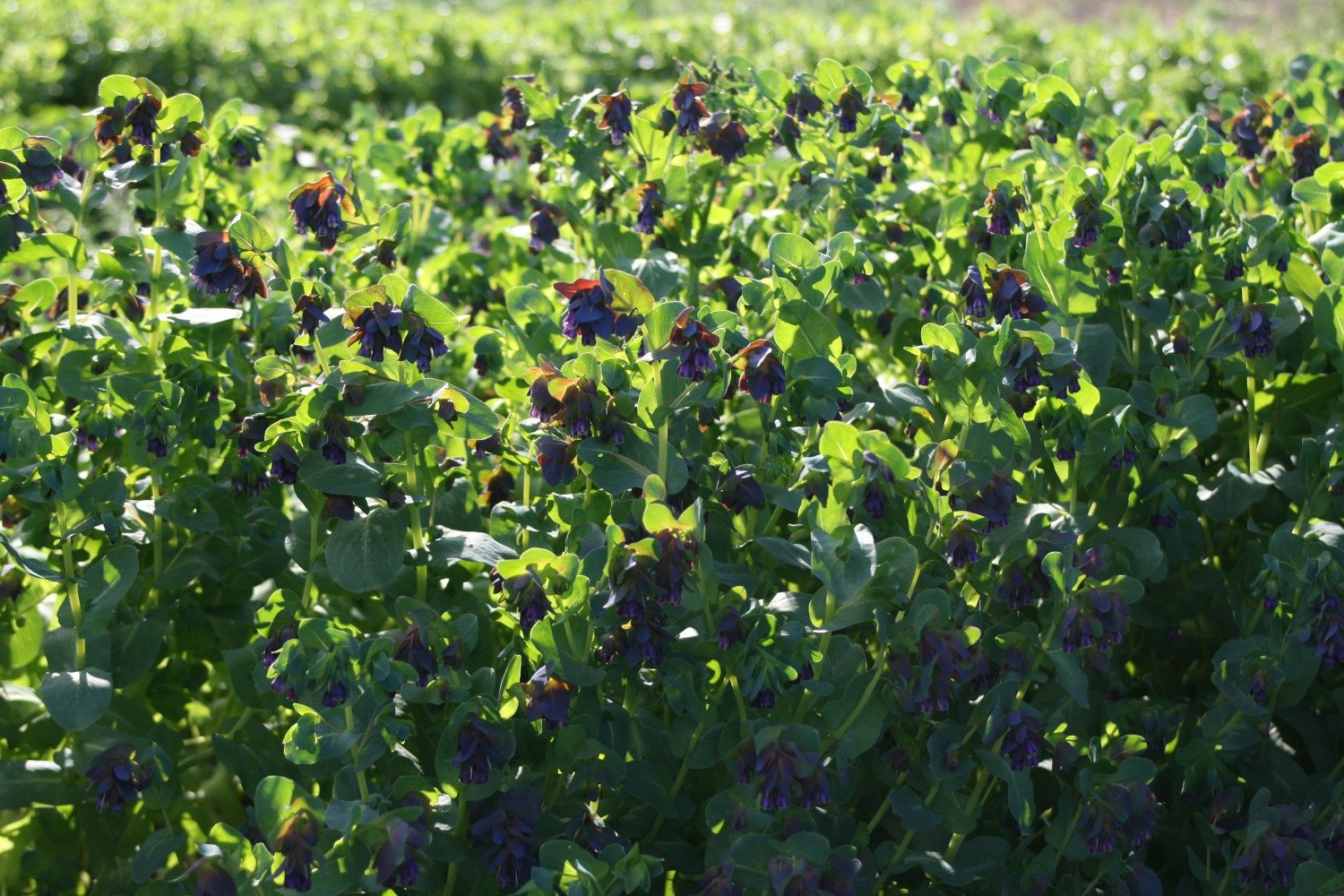 Cerinthe: Harvest during the coolest hours of the day and then treat stems right away by dipping the bottom 2-3 inches in boiling water for 7-10 seconds and then placing them into cool water. Stems get very floppy immediately after harvest, but once hydrated, Cerinthe has a vase life of up to a week.
Cerinthe: Harvest during the coolest hours of the day and then treat stems right away by dipping the bottom 2-3 inches in boiling water for 7-10 seconds and then placing them into cool water. Stems get very floppy immediately after harvest, but once hydrated, Cerinthe has a vase life of up to a week.
 Rudbeckia: Harvest when flowers are beginning to open. Black Eyed Susan’s are notorious for making their water murky really quickly. To combat this and extend their vase life add a few drops of bleach to the water and a 7-10 day vase life can be expected.
Rudbeckia: Harvest when flowers are beginning to open. Black Eyed Susan’s are notorious for making their water murky really quickly. To combat this and extend their vase life add a few drops of bleach to the water and a 7-10 day vase life can be expected.
I’d love to know if you have any additional tips or techniques for harvesting and extending vase life for high summer blooms. Please add your advice to the comments below.

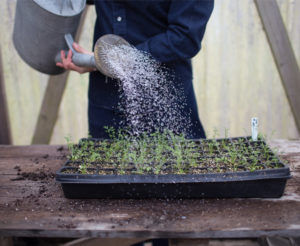
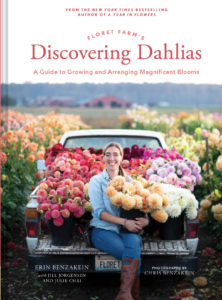
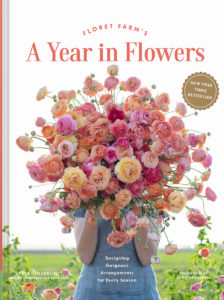
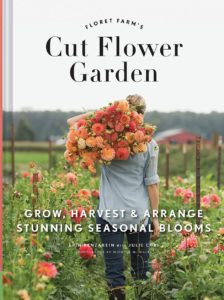

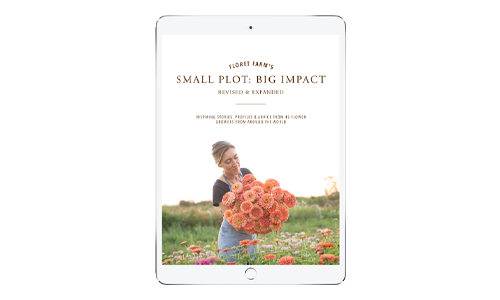
Florist's Field Guide: Post-Harvest Care of Cut Flowers - The CoolBot by Store It Cold on
[…] your crop daily, cutting only the flowers that are in the correct stage. Some flowers can be harvested as early as the bud […]